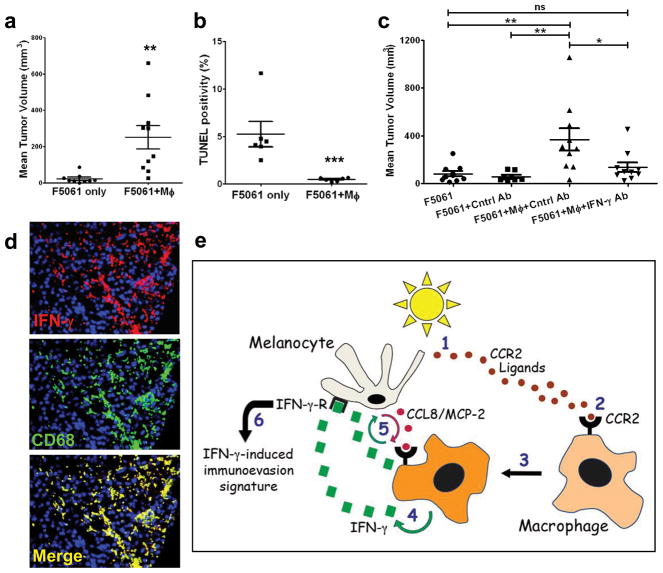Figure 4. IFN-γ mediates pro-tumourigenic effects of UVB-recruited skin macrophages.
a, Mean volumes (±s.e.m.) of F5061 melanomas admixed with skin macrophages isolated from P1-UVB-P7 pups (F5061+MΦ, n=10), vs. F5061 only controls (n=9), following subcutaneous transplantation in syngeneic FVB/N mice; **p<0.01. b, Percentages of TUNEL+ cells (±s.e.m.) in admixed and control tumours (n=6 each); ***p<0.001. c, Antibody-mediated blockade of IFN-γ significantly inhibits pro-tumourigenic effects of macrophages; *p<0.05; **p<0.01; ns = not significant. One-Way ANOVA test with post-hoc Tukey analysis. d, Dual IHC with anti-IFN-γ (red) and anti-CD68 (green) antibodies on a human melanoma tissue microarray (TMA) exhibits IFN-γ-expressing macrophages (yellow). Representative tumour is shown. e, Schematic representation of the UVB-induced inflammatory cascade leading to IFN-γ-mediated immunoevasion and survival of melanocytes during sunburn-associated remodeling. UV induces release of CCR2 ligands (1) that activate CCR2+ macrophages (2), which are recruited to neonatal skin (3). Macrophages secrete IFN-γ (4), which activates melanocytes, inducing expression of genes that include CCL8/MCP-2, fueling inflammation (5) and immunoevasion (6).

